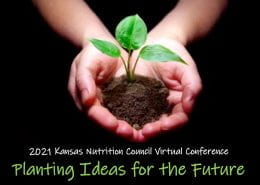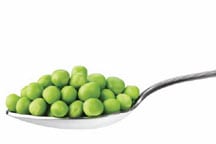The U.S. Food and Drug Administration has many education resources available through the Center for Food Safety and Applied Nutrition (CFSAN) website.
Most of these resources are available by download, but some printed copies are available to order in limited quantities for no cost. There are also links to videos.
Search these publications by audience, format, subject, and more. Many are translated into many other languages such as Spanish, Chinese and Vietnamese.
See the complete collection at https://epublication.fda.gov/epub/.
To contact CFSAN, email CFSANPublicationRe@fda.hhs.gov
Subscribe to the quarterly CFSAN newsletter at https://updates.fda.gov/subscriptionmanagement






